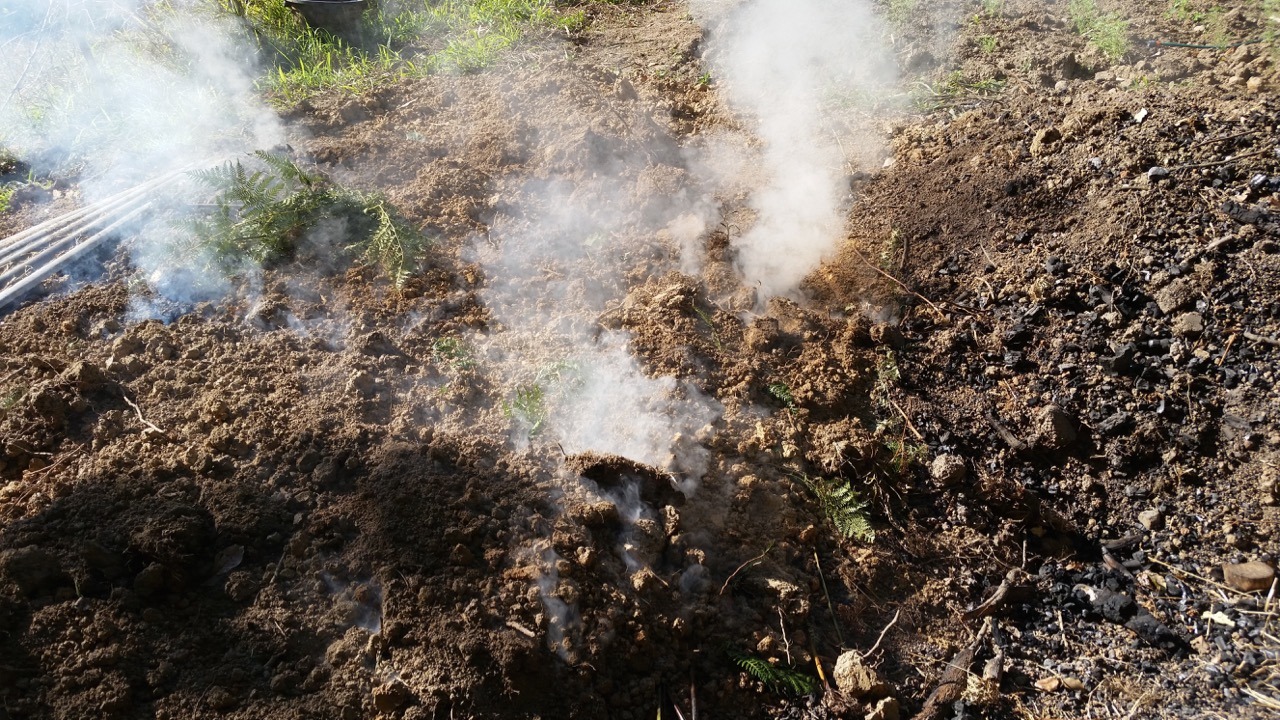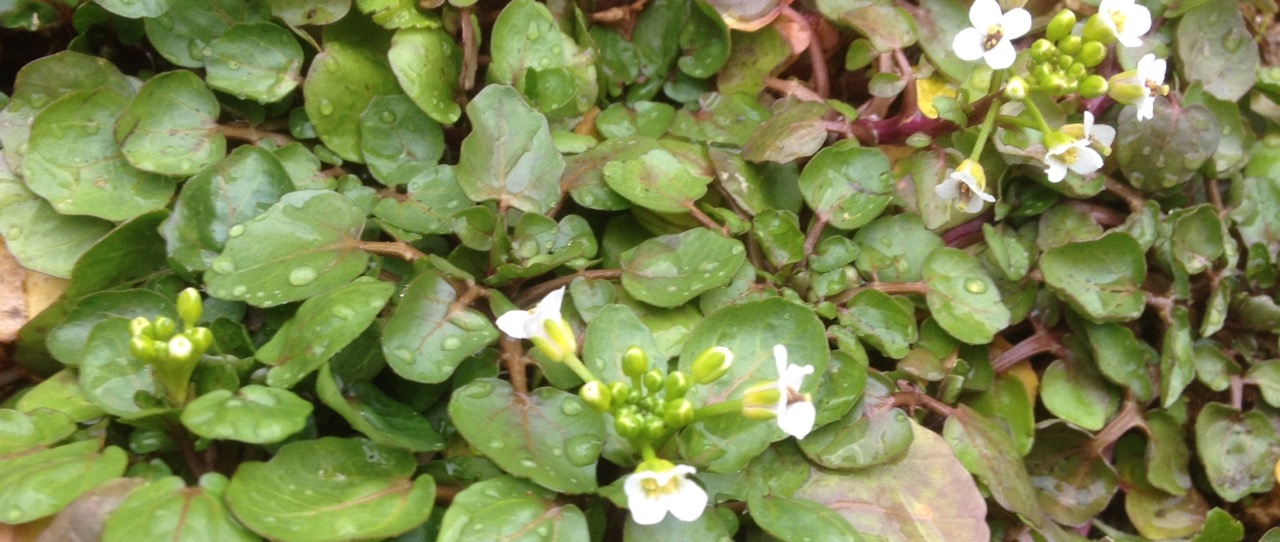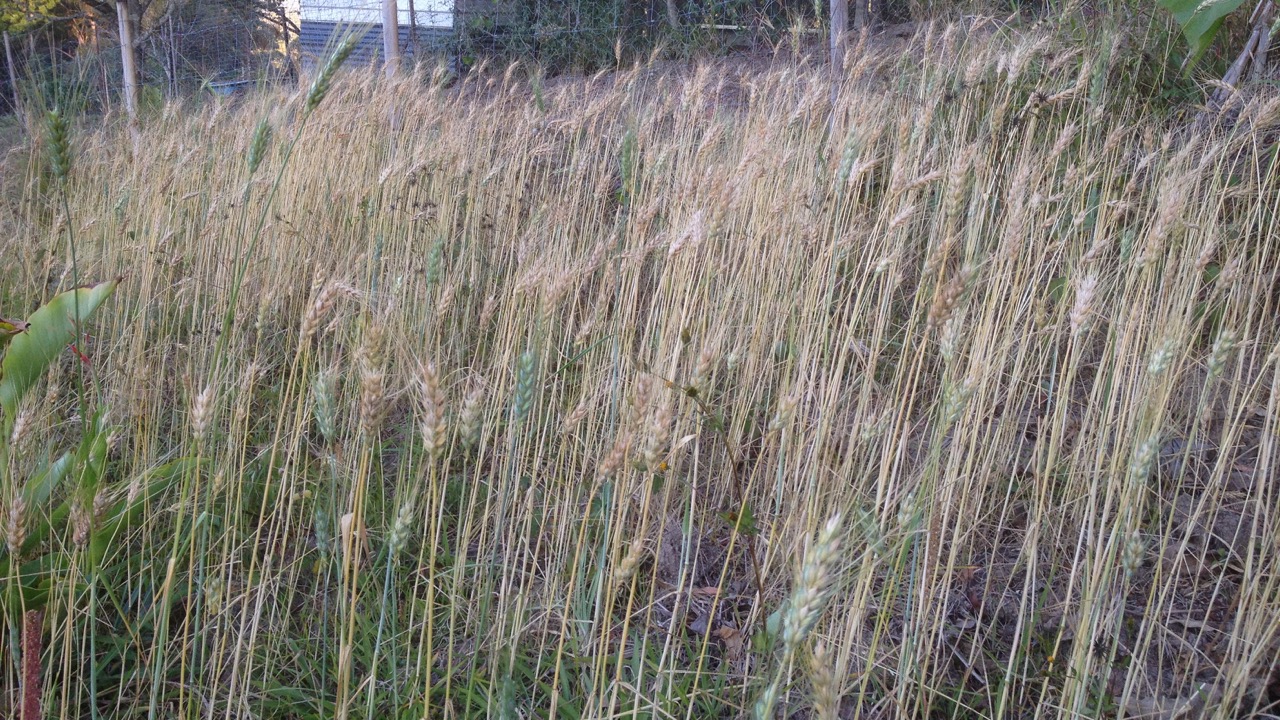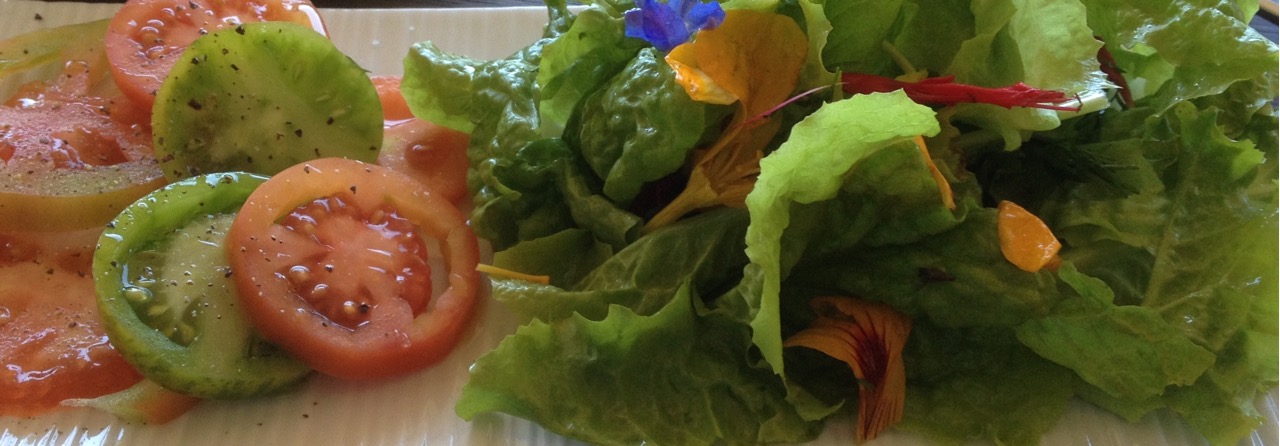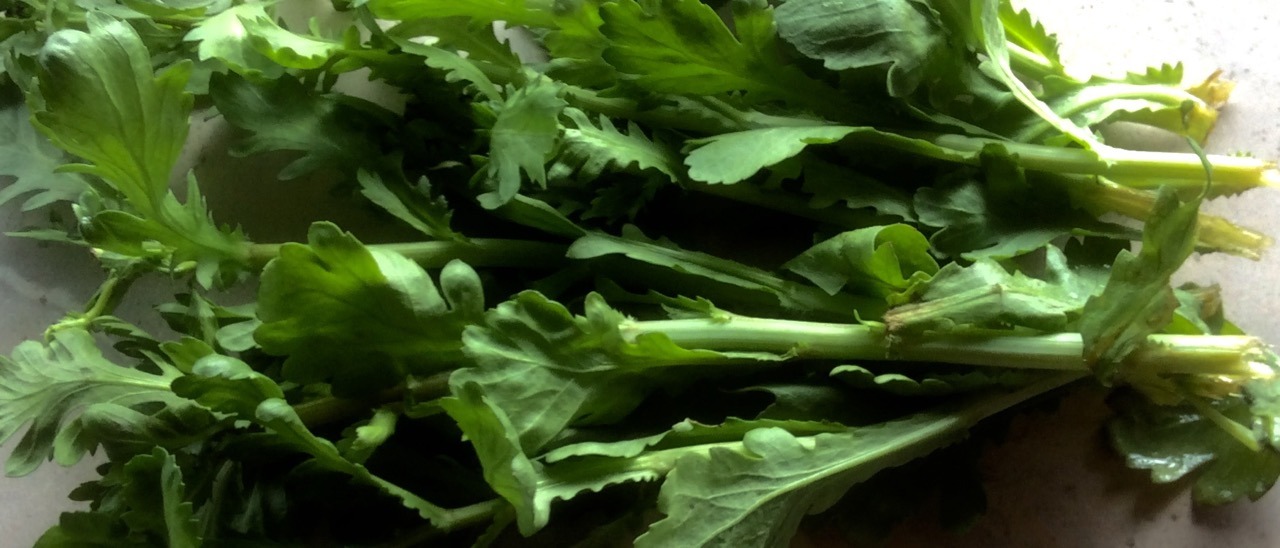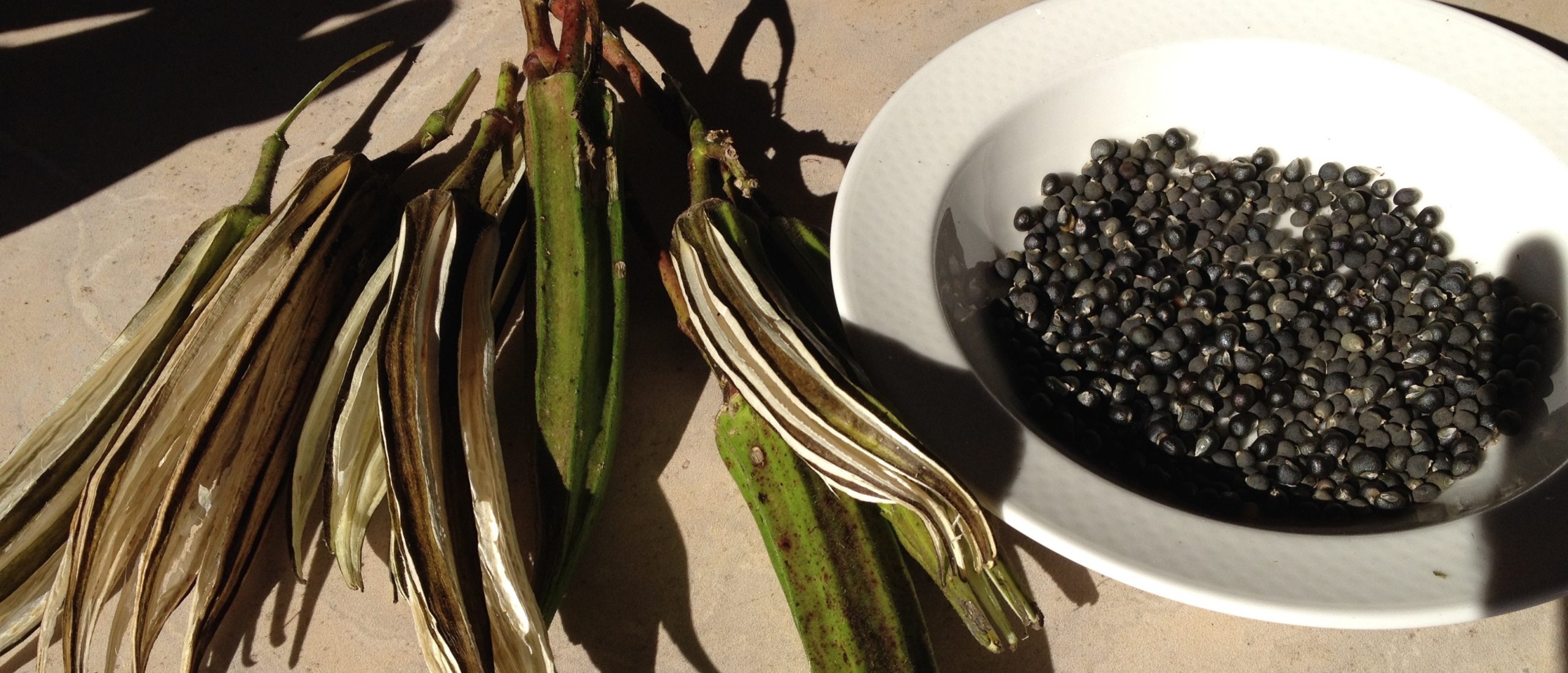A biochar pit is a way to turn waste wood into useful soil conditioner. This Winter with the return to burning season I have been making some more biochar, this time burning the wood in pits. The aim is to make optimal use of our waste timber, from camphor laurel we have cut to clean up the block. Biochar is said to be a soil conditioner that lasts for centuries, better than just burning wood to ash or leaving it to rot. I made two biochar pit fires and have been very…
Read MoreTag: self sufficiency
Growing watercress; green goodness
Whether you treat it like a herb or a vegetable, growing watercress is rewarding for the home gardener. In the cities you’re likely to find a reliable if costly supply, but I haven’t seen it for sale out here, and it’s very handy to have to pick at anytime for a garnish, or to liven up a sandwich, or on the larger scale to use as the main vegetable in a soup or frittata. A problem with bought watercress is that it tends to be all stem with yellow leaves low down,…
Read MoreWheat, linseed, and other chicken forage.
I’ve just opened the fence to let the chickens in to one of the chicken forage yards. There are three fenced yards next to the chicken run, one has the beginnings of a citrus orchard and grass for grazing, but the other two I have been using to experiment with chicken forage crops. My first Winter crops have been rewarding; particularly the linseed (flaxseed) and wheat. Fenugreek hasn’t done well with any of my sowings over a full year now, and the mustard I sowed there was also a fizzer this season,…
Read MoreCandystripe beetroot (Chioggia)
Candystripe beetroot is a bit of fun for the vegetable patch. I’ve never seen it in the shops, and it would be difficult to sell as it looks like a plain red beet until peeled and cut, so it’s one of those vegetables that reward the home gardener with something unusual.
Read MoreBurning-off season
There’s something primally satisfying about watching a fire burning-off, and Winter days give us the chance for burning-off some of the vegetation we have cleared in the previous months. There are two woody weeds in particular that we have a lot of; lantana and camphor laurel, and when we have a couple of spare hours we typically get out and clear some, which involves pulling out the lantana and cutting down the camphor laurel. The piles then sit until a winter day when it has been dry enough for a few…
Read MoreGrowing tomatillos. Winter is best for subtropics.
Growing tomatillos can take a bit of local experience. In many places they are a Summer crop, but my Summer tomatillo crop was a flop. The bed grew beautifully and the plants were covered in fruit, and then the beetles moved in and stripped the lot to stems. But the fallen fruit re-seeded a Winter crop, which although sporadic around the garden is doing very well and not getting eaten at all.
Read MoreWinter salad (pretending it’s Spring)
Being able to assemble fresh and interesting salads makes you really appreciate growing your own. We had a sunny midwinter day recently where we bucked the easy routine of bread (home made sourdough of course!) and cheese for lunch and had a freshly picked salad.
Read MoreGrowing shungiku, edible chrysanthemum
Like so many edibles that are hard to come by in the shops and best freshly picked, growing shungiku is rewarding for the home gardener. The Japanese call it shungiku, and some call it chop suey herb. Even though ‘edible chrysanthemum’ is a good general description, it’s actually been moved out of the genus Chrysanthemum and is now officially Glebionis coronaria. This tasty and unusual little vegetable is worth growing to spice up seasonal meals. I used to get it occasionally from my market vendor in Sydney, so thought I’d give growing it…
Read MoreOkra and rosella seed saved
Seed saving is important for all sorts of reasons. There is the worthy argument that you are preserving heritage cultivars and sticking it to multinationals, but a more practical reason is that it gives you the opportunity to try out as much planting as you care to. My two star performing hibiscus relatives, okra and rosella, have just provided me with more seed than I could use. The okra pods are in the main photo. The plants had grown more than two metres tall and had given us a massive…
Read MoreBeefsteak tomatoes
For flavour and texture, beefsteak tomatoes are hard to beat. Their large size and fairly flat fruit make them good for sandwiches, and they have thick flesh and less seed than other tomato types, meaning the flavour is less acid.
Read More
